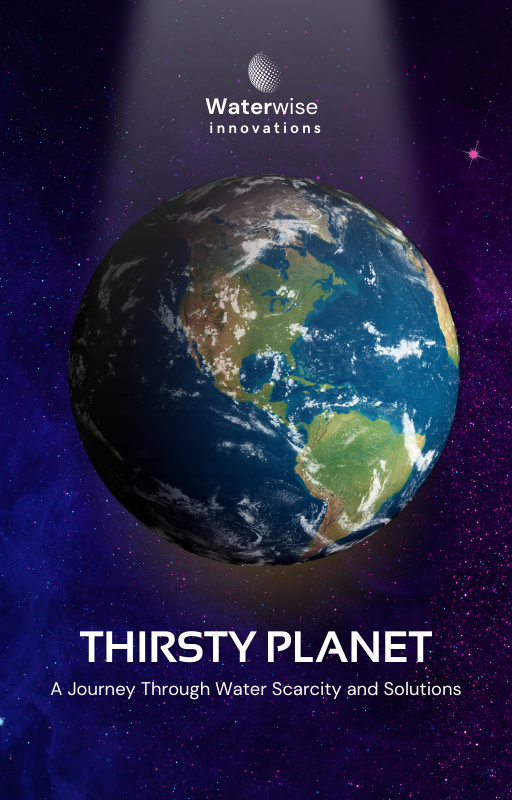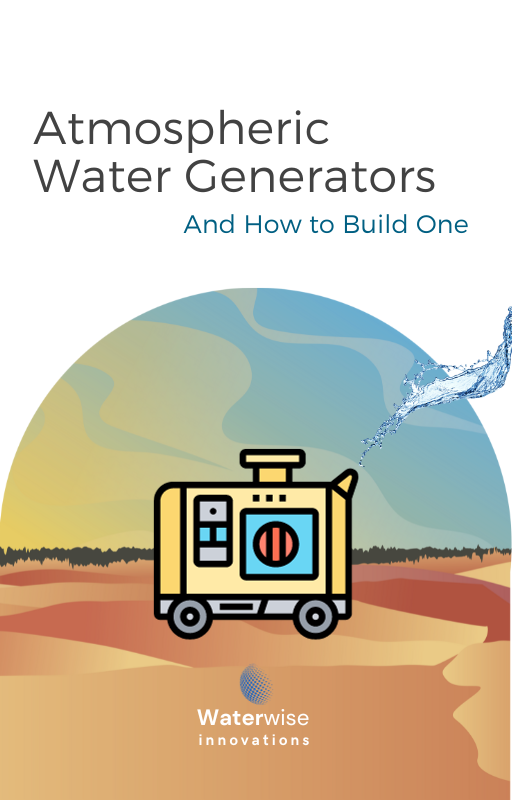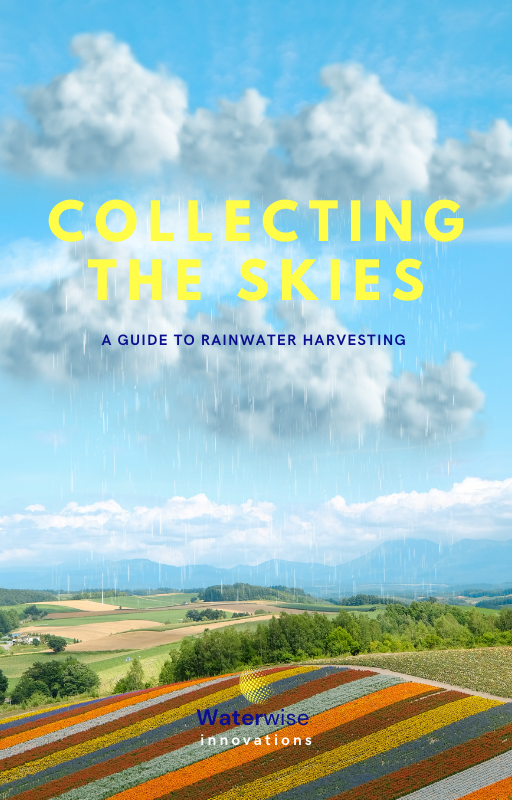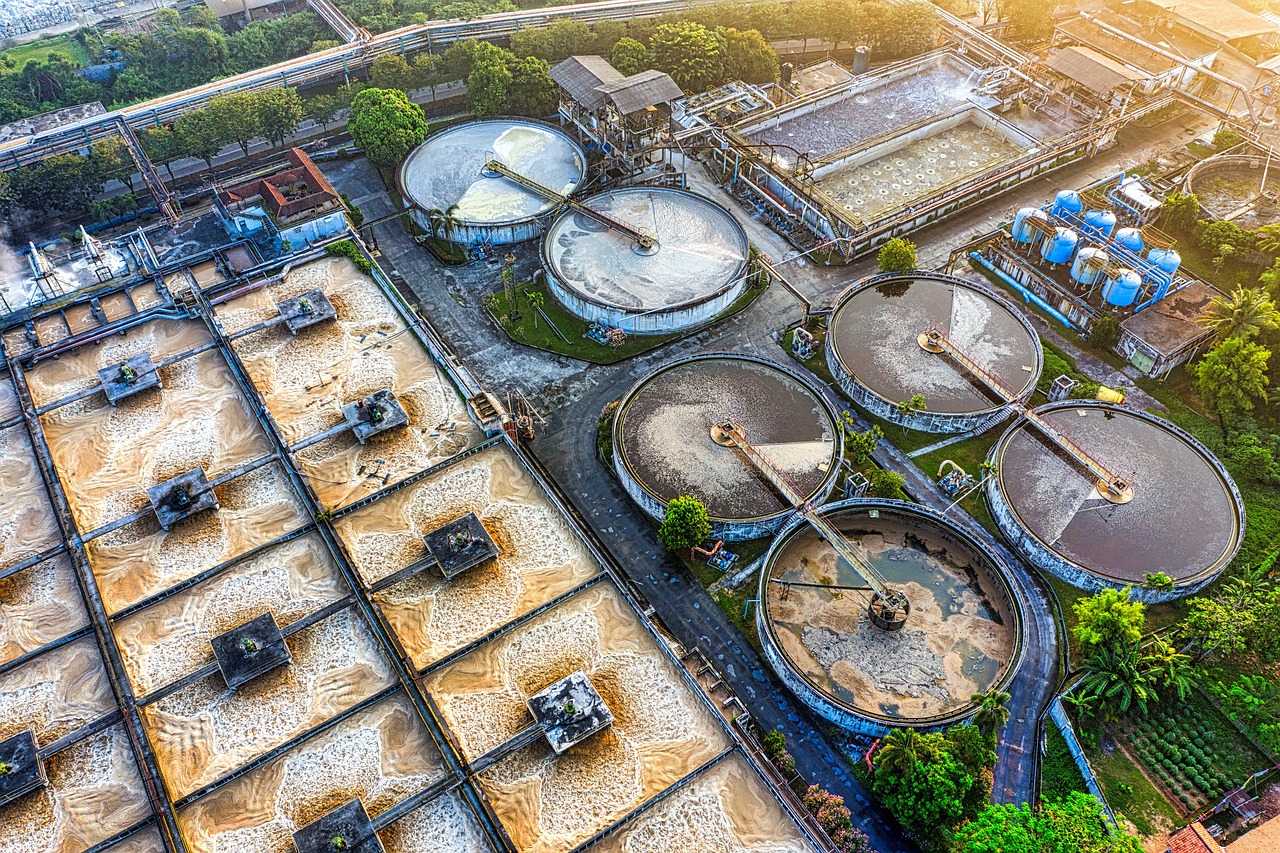Los Angeles Tap Water
Overall Water Rating
Explore detailed insights into Los Angeles tap water, including its quality score, taste rating, pH level, hardness, common contaminants, and sustainability score.
Los Angeles Tap Water
Overall Water Rating
Explore detailed insights into Los Angeles tap water, including its quality score, taste rating, pH level, hardness, common contaminants, and sustainability score.
Los Angeles Tap Water Ratings
💧 Tap Water Quality Score
✅ Safety Standards Met
Yes
👅 Taste Rating
⚖️ pH Level
8.1
🪨 Hardness Level
Hard
⚠️ Common Contaminants
Chlorine, Trihalomethanes (THMs), Nitrates, Lead (in older pipes).
🧫 Microbial Safety
Safe
🧴 Chlorine Level
0.8 mg/L mg/L
🦷 Fluoride Level
0.7 ppm ppm
🌍 Environmental Sustainability Score
Water Management In Los Angeles
Get notified on new water management news, updates & advancements in Los Angeles.
Shop Books, eBooks, Audiobooks

The Little Book on Hydration: The People’s Guide To Health, Vitality & Flow (Audiobook)

Water Wise: Sustainable Living in a Modern World

Thirsty Planet: A Journey Through Water Scarcity and Solutions

Atmospheric Water Generators: And How to Build One

Collecting the Skies: A Guide to Rainwater Harvesting

The Little Book on Hydration: The People’s Guide To Health, Vitality & Flow
Los Angeles Weather Right Now
Reviews of Los Angeles Tap Water
There are no reviews yet. Be the first one to write one.
There are no reviews yet. Be the first one to write one.






















